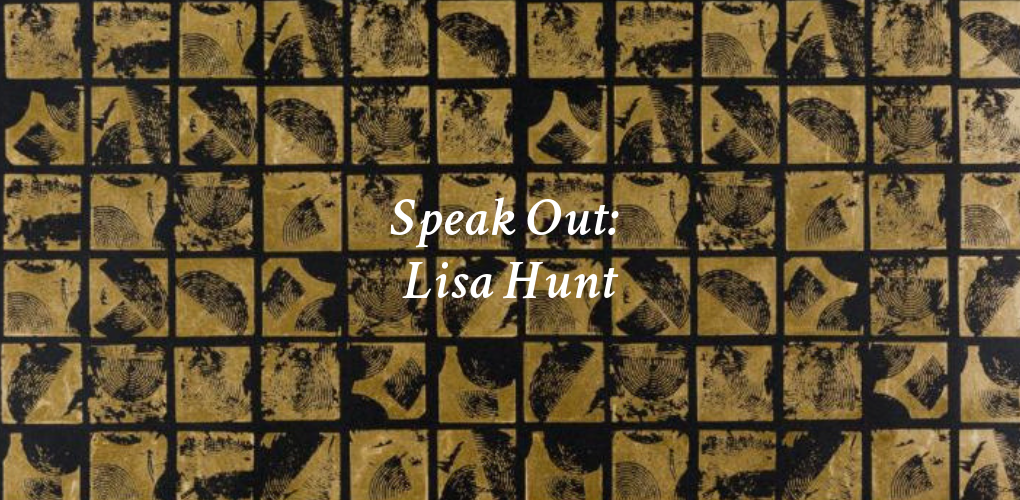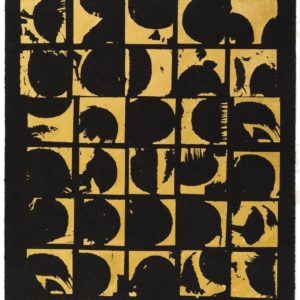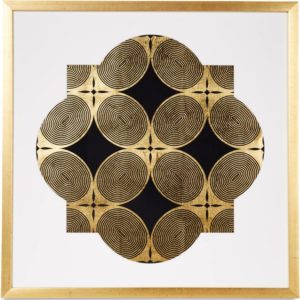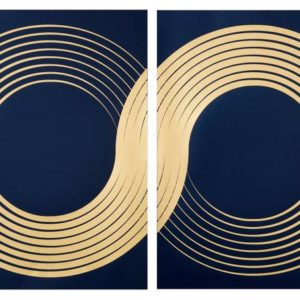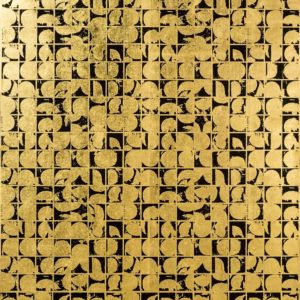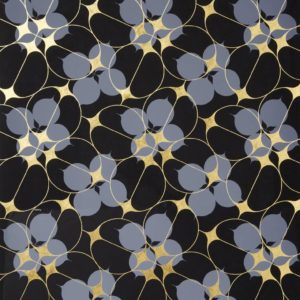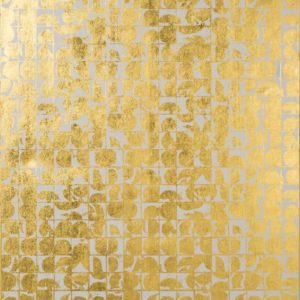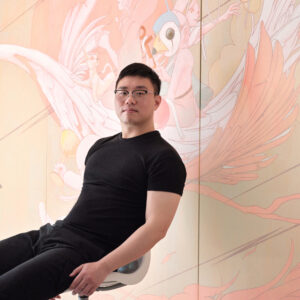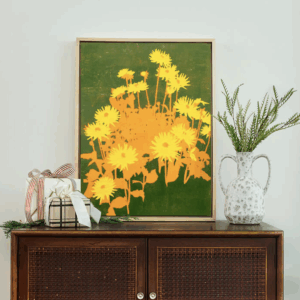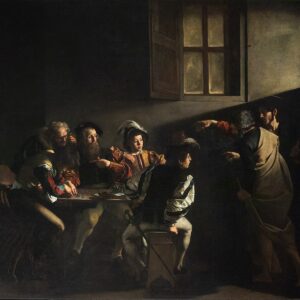Art News
 Speak Out: Lisa Hunt
Speak Out: Lisa Hunt
“To be a black woman in art is to create, endure and claim space within the canon.”
– Lisa Hunt
On the occasion of Women’s History Month, Saatchi Art’s curators spoke with artists about their process, inspiration, and the ways in which their identity as a woman is relevant to their art.
Brooklyn-based Lisa Hunt studied graphic design at the Pratt Institute in NYC. She was a featured artist at The Other Art Fair’s inaugural show in Brooklyn, 2017, and her work is published on the cover of 2016 New York Times bestseller, In The Company of Women by Grace Bonney. She was showcased by the Architectural Digest Design show, NYC, and Latella Gallery in Washington.
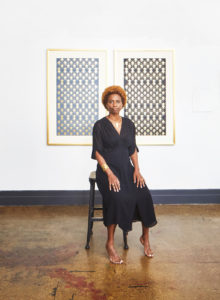
What does it mean to you to be a woman in art?
Being a black woman in art at this point in my life means absolutely everything to me because it is the culmination of my need to express and realize who I am through my creativity.
When I’m in my studio my focus is on my practice. As soon as I step outside the studio to present my work I join the very long line of black women artists who are changing the narrative of art history. I owe a huge debt of gratitude for each and every one of them, known and unknown, past and present who have dared to make their creative selves seen and heard. To be a black woman in art is to create, endure and change that narrative despite the fact that historically our many brilliant contributions to the cannon have been undervalued.
Which female artist inspires you most—past or present— and why?
The Gee’s Bend Quilters — the black women’s quilt collective based in Gee’s Bend, Alabama are a huge inspiration. I remember when I first saw their exhibition in 2003 at the Whitney, including the works of America Irby, Nettie Young, Jessie T. Pettway and Annie Mae Young, I was completely blown away. Textiles have always been a source of inspiration for me and learning to sew from my mother was pivotal in my early exploration of my creativity. The show was a complete visceral experience that touched me in a very personal way. Their work combines everything I’m drawn to; minimalist abstraction, color, texture, repetition and textiles!
What is your advice to a young woman who aspires to be an artist?
The world will try to define what and who we can be, will measure how good or worthy but articulate your creative voice as authentically as you can and make, make, make through any fear or doubt.
What themes do you pursue in your work?
My work explores the spatial and meditative relationships found within repeat patterns.
Central to this theme is my use of gold as an element, a color and an art historic representation of worth through adornment. Initially it was a purely aesthetic choice that fulfilled my need to illuminate the patterns. Over time the cost of the gold leaf itself and the often laborious, repetitive act of applying the gold to my work one sheet at a time has added depth to this theme.
Can you tell us about your process? Do you begin with a sketch, or do you just jump in? How long do you spend on one work? How do you know when it is finished?
While I am creating I allow myself to initially take a minimalist approach to abstraction not needing or wanting the work to be representational. I’ve learned to trust what I’m drawn to and I have created a collection of vector based graphic shapes and elements that I use as the foundation for my work. So the early development usually begins with me at the computer. I print my sketches in black and white and then live with them for a while. I’ll often collage the sketches and hand paint them to create color studies. Then take it all back into the computer…To date the majority of my work is produced through the screen printing process with the application of 24k gold leaf.
My latest works on canvas explore the re-use and reproduction of an archive of gold leaf sheets that I used in my previous editions. I had them hanging on a board in the studio and found each one to be dynamic by themselves and even more so when viewed all together. I scanned the sheets and have created gridded patterns that have a fragmented and less precise dimension than my previous work.
From initial sketches to screen printing the works on paper or canvas can take several months and some work I have developed for well over a year before I begin screen printing.
A work is finished when I see a balance of color and scale in the composition and changes beyond that point don’t make visual sense to my eye or gut.
If you couldn’t be an artist, what would you do?
I can’t imagine any reason that I couldn’t be an artist. What or who would stop me?
